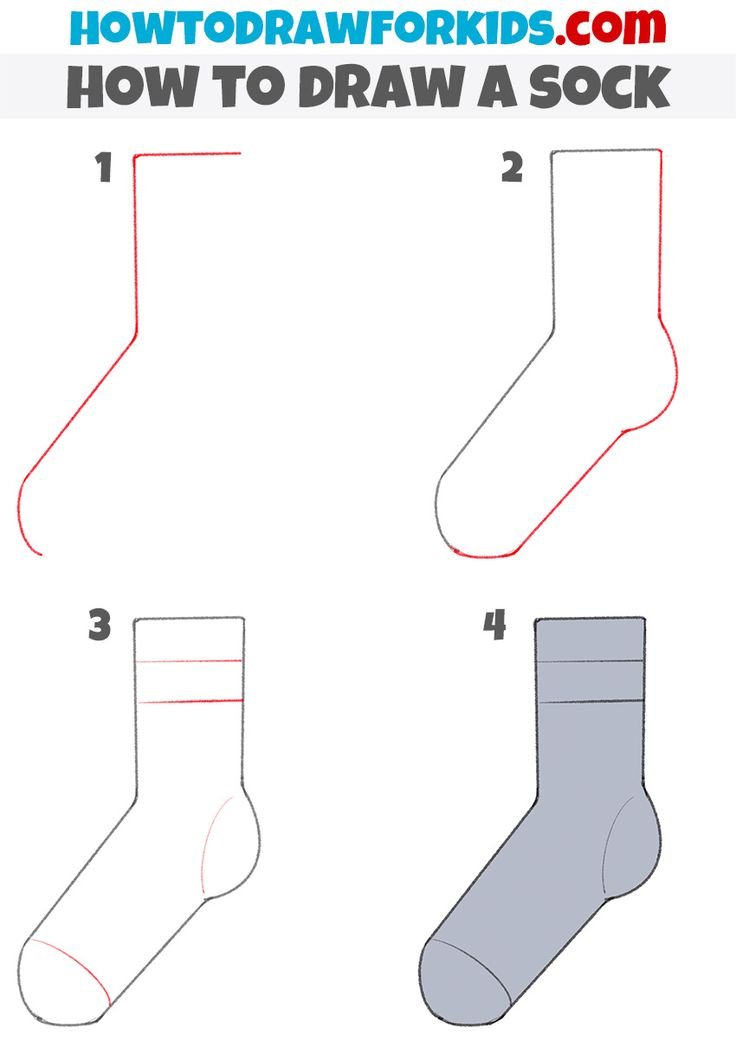To tie an obi effortlessly and elegantly, follow these simple steps. Begin by positioning the obi at your waist, ensuring it wraps around smoothly. Next, cross the ends over each other and bring them around to the front. Then, tie a secure knot while adjusting the obi for a perfect fit. Stay tuned for detailed instructions on mastering the art of tying an obi flawlessly.
How to Tie an Obi: A Step-by-Step Guide
Welcome to our comprehensive guide on how to tie an obi, the traditional Japanese sash that is an essential part of many outfits, including kimono and martial arts uniforms. Tying an obi may seem complex at first, but with a little practice and guidance, you’ll be able to master this art in no time. In this article, we’ll walk you through various methods and styles of tying an obi, from simple knots to intricate bows, so you can find the perfect technique for your needs.
The Importance of the Obi
Before we delve into the different ways to tie an obi, let’s understand why this sash holds significant cultural and practical importance. In Japanese culture, the obi symbolizes elegance, formality, and tradition. It not only completes the outfit but also plays a crucial role in shaping the overall look and style.
Materials You’ll Need
Before you start practicing how to tie an obi, make sure you have the following materials handy:
- Obi (sash)
- Kimonos or attire that require an obi
- Mirror (optional but helpful for self-tying)
Basic Techniques for Tying an Obi
Let’s begin with the basic techniques of tying an obi. The two most common styles are the “Otaiko” and the “Makura” knots. We’ll break down each method step by step:
Otaiko Knot
The Otaiko knot is a simple yet elegant way to tie an obi. Follow these steps to achieve this classic look:
- Begin by wrapping the obi around your waist, ensuring that one end is longer than the other.
- Overlap the longer end over the shorter end and bring it around to the front.
- Adjust the ends to your desired length, making sure the longer end remains on top.
- Create a loop with the longer end, tuck it underneath the obi, and pull it through the loop to secure the knot.
- Smooth out any wrinkles and adjust the ends for a neat finish.
Makura Knot
The Makura knot is another popular method that adds a touch of sophistication to your ensemble. Here’s how you can tie a Makura knot:
- Start by wrapping the obi around your waist and crossing the ends at the back.
- Bring the ends back to the front and cross them over each other.
- Loop one end under the other and bring it up through the center, creating a loop.
- Tuck the remaining end into the loop and adjust the knot for a snug fit.
Advanced Obi Tying Techniques
Once you’ve mastered the basic knots, you can venture into more intricate and decorative styles of tying an obi. These advanced techniques require practice and patience, but the results are truly stunning.
Taiko Musubi (Drum Bow)
The Taiko Musubi, or drum bow, is a show-stopping knot that resembles a traditional Japanese drum. Here’s how you can create this elaborate look:
- Start with the obi wrapped around your waist, with one end longer than the other.
- Twist the longer end to create a loop and tuck it under the obi, leaving a tail hanging down.
- Bring the shorter end over the loop and tuck it under, creating a second loop.
- Adjust the loops to form a drum-like shape and secure the knot by tucking the ends neatly.
Kai no Kuchi (Shell Knot)
The Kai no Kuchi knot, or shell knot, is a delicate and intricate design that adds a touch of elegance to your outfit. Here’s how to tie this beautiful knot:
- Begin by folding the obi in half to create a loop, with one end longer than the other.
- Twist the longer end and wrap it around the loop to form a shell-like shape.
- Tuck the twisted end under the obi and adjust the knot to resemble a shell pattern.
- Fluff out the twisted end to create a full and textured look.
Practical Tips for Tying an Obi
Whether you’re a beginner or an experienced obi-tying enthusiast, these practical tips will help you achieve a flawless look every time:
- Practice makes perfect: Don’t be discouraged if you don’t get it right the first time. Keep practicing, and you’ll improve with each attempt.
- Use a mirror: If you’re tying the obi yourself, use a mirror to check your progress and ensure symmetry.
- Secure the knot: Make sure the knot is secure but not too tight, allowing for comfort and flexibility.
- Accessorize: Add decorative obidome (obi clips) or obijime (obi cords) to enhance the look of your obi.
Mastering the art of tying an obi is a rewarding and enjoyable experience that allows you to appreciate the intricacies of Japanese culture and fashion. Whether you opt for a simple Otaiko knot or a elaborate Taiko Musubi, each style carries its own charm and elegance. Remember to experiment with different techniques, have fun along the way, and embrace the beauty of this timeless tradition.
Now that you have the knowledge and techniques to tie an obi with confidence, it’s time to practice and perfect your skills. Embrace the grace and sophistication of the obi, and let your creativity shine through each knot and bow you create!
How to tie the obi
Frequently Asked Questions
How do you tie an obi properly?
To tie an obi properly, start by wrapping the obi around your waist with the ends at the front. Cross the ends at the back and bring them back to the front. Tie a square knot with the ends, ensuring it’s snug but not too tight. Adjust the width of the obi and the position of the knot to achieve the desired look.
What are the different styles of tying an obi?
There are various styles of tying an obi, depending on the garment and occasion. Some common styles include the ‘Otaiko’ knot for formal occasions, the ‘Hanhaba’ knot for casual wear, and the ‘Nagoya’ knot for everyday use. Each style has its own specific method of tying and creates a different look.
How can I make sure my obi knot stays secure?
To ensure your obi knot stays secure, make sure the initial wrapping around your waist is done tightly. When tying the knot, double-check that each loop is properly secured and not twisted. After tying the knot, adjust the tightness as needed so that it feels secure but still comfortable to wear.
Final Thoughts
In conclusion, mastering how to tie an obi is a traditional art that requires practice and patience. Remember to follow each step carefully to achieve the perfect knot. With time, you’ll become more confident in creating various styles with your obi. Embrace the process and enjoy the beauty of wearing a perfectly tied obi.









